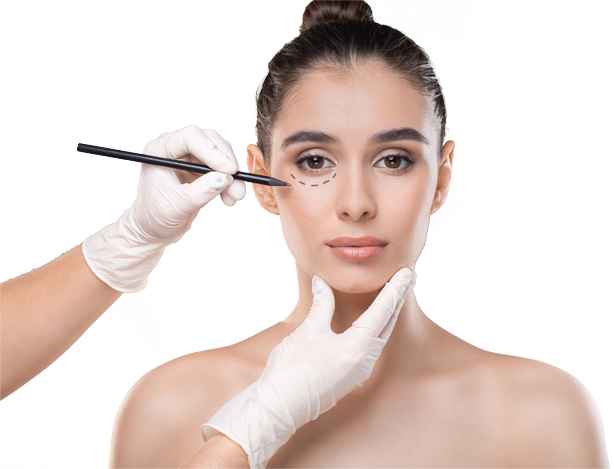
Anti-Acne Treatment

Anti-Acne Treatment

Best Skin Clinic in Bangalore | sktruderma
Acne is a common skin problem that affects most people at some point in their lives, particularly teenagers and young adults. It is caused by dirt, excess sebum, dead skin cells, and bacteria clogging the pilosebaceous units (hair follicles and sebaceous glands) in the tiny skin pores (in case of pimples or zits).
Some factors for leading to development of acne are intake of certain medications like birth control pills, a rise in testosterone hormone during pregnancy, hormonal fluctuations during puberty, consumption of refined sugars like chips, bread etc.
Treatment depends on how serious and lasting the acne is. A dermatologist will take note of the types of acne like whiteheads, blackheads, cysts, papules, nodules, pustules etc. and the locations of the breakouts on the skin. Also, to achieve the desired outcome with acne treatment, patients must begin with the correct diagnosis, and then follow the treatment plan accordingly.
A detailed examination will assist a dermatologist in developing an effective treatment plan depending on many considerations, like:
- The kind of acne (blackheads, pimples, etc.)
- Where does the acne develops on the skin
- Treatments that the patients have already tried
- When the breakouts began
- Age factor
- Whether there are dark spots or scars from acne

Acne Treatment at Best Skin Care Centre in Sarjapur Road, Bangalore
Some dermatological procedures are typically used to treat severe acne and prevent scarring. These work by removing damaged skin and reducing excess sebum.
- Chemical Peel: Chemical peels are essential for skin rejuvenation because they work on the principle. This skin-resurfacing treatment uses acids to remove the acne-affected top skin layer. As the skin peels away, the underlying fresh skin that is not severely damaged is revealed. It can also help with minor acne scarring. Salicylic acid, lactic acid, glycolic acid, mandelic acid, Jessner’s solution, and trichloroacetic acid are examples of superficial and medium-depth peels that are effective for active acne treatment. The new, regenerated skin is usually smoother and less wrinkled than the older one.
- Subcision: Subcision or scarless acne scar surgery helps to release the retaining fibrous strands that hold the skin down and cause the depressed acne scar to form. This is the first and most important step in treating acne scars. A good subcision aids in the release of the strands, and subsequent treatments aid in the formation of collagen in this space, allowing the scars to become shallower.
- Microdermabrasion: Microdermabrasion is an invasive procedure used to rejuvenate the skin’s color and texture. It treats sun damage, wrinkles, fine lines, acne scars, melasma, and other skin problems and conditions. It is a safe procedure for most skin types and colors that provides a softer, more youthful surface and promotes healthy new cell growth.
FAQ’s
- What acne treatments are best for me?
That depends on a variety of factors, including age, gender, the severity of acne, and how long its lasting from. Treatment options available for acne scars, including laser treatments, chemical peels, and microdermabrasion.
- When should I see a dermatologist for acne treatment?
If the acne hasn’t improved after some time of treating it, then it’s time to see a dermatologist Acne that is moderate or severe should always be seen by a dermatologist to prevent scarring.
- Is chemical peel treatment good for skin?
The treatment helps in lightening acne and dark spots, reduces excess oil production, improves acne, treats white and black heads etc.
- How many sessions of subcision is needed?
The procedure is usually repeated three to six times with at least 4 weeks in between each treatment.
- What are microdermabrasion treatments suggested for?
Acne scars, dark spots, oily and dull skin, correcting fine lines and wrinkles, hyperpigmentation (age spots and sun damage,) mild to moderate acne, and ageing skin.